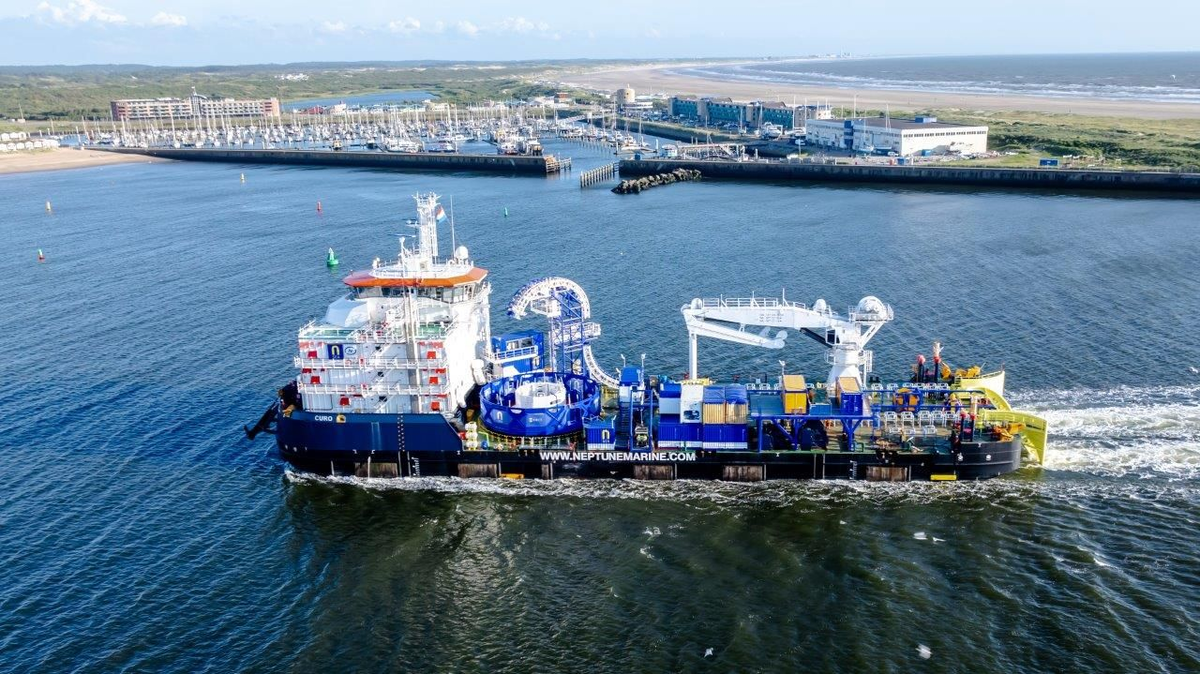Business Sectors
Events
Contents
Methanol as a marine fuel: the shipowner’s perspective
Methanol has the potential to play a big role in reducing the shipping industry’s contribution to climate change, as Marinvest chief executive and chairman Patrik Mossberg explains
As the maritime industry prepares for sweeping emissions controls, there is a pressing need for shipowners to invest in alternative fuel solutions that reduce pollution and the footprint of operations. Marine, when factoring cargo volumes, is the most efficient mode of global transportation in terms of greenhouse gas emissions; however, in absolute terms, the emissions resulting from our operations cannot be ignored.
For shipowners IMO 2020 comes with a major investment decision. The concern for myself, and others I have spoken with, has been the uncertainty in the price and availability of different fuel solutions, along with the viability of flex-fuel options in meeting increasingly stringent regulations into 2050. Given the average 25-year plus lifespan of our vessels, it is a decision that does not come lightly.
To date, the alternative fuel most strongly promoted by the industry’s largest players has been LNG. We, at Marinvest, believe in a different solution, methanol.
A proven fuel used in transportation since the 1970s for both cars and trucks, methanol is also proven as a marine fuel. Our first experience began in 2016, when two MR methanol dual-fuel 49,000 dwt tankers were delivered to Marinvest. Today, they operate continuously on methanol with over 27,000 trouble-free hours logged. Just last month, we welcomed two more methanol-powered vessels, featuring the second generation of dual-fuel engines.
From an availability perspective, methanol is one of the top five chemical commodities shipped around the world, with access in over 88 major port locations identified in a new study by the Methanol Institute. Unlike LNG, only minor modifications to existing infrastructure for storing, barging, and bunkering are required for adoption.
In terms of the economics, over the cycle methanol has been proven as cost competitive compared to other low-sulphur fuels and viable for retrofits. For example, there is no need for expensive cryogenic infrastructure; methanol is liquid, stable, clean and easy to handle. As well, through water blending, a methanol dual-fuel engine is Tier III NOx compliant without the use of ECR or SCR – thereby saving substantial capex and opex.
By adopting methanol dual-fuel engine technology, as shipowners we are enabled to always have the choice of using the lowest cost fuel and still meet increasingly stringent regulations. Additionally, methanol can be produced from renewable sources such as biomass and recycled carbon dioxide. Longer term, these renewable methanol sources could provide a solution and pathway to compliance with IMO’s future emission regulations without further shipowner investment.
Methanol is in the process of being incorporated into the Code for Gas-Fuelled Ships and from the supplier perspective is a clean, biodegradable and easy-to-handle chemical liquid. Like all fuels, it still requires safe and careful handling, though it has lower toxicity than either gasoil or gasoline.
As private shipowners, we have to seek out and apply innovative solutions as a default position, while managing technical and operational risks. Using methanol gives us a future-proof, flexible multi-fuel vessel that will bring us optionality and deliver sustainable operations.
Related to this Story
Women in Maritime Today: Elin Saltkjel says no day working in maritime is dull
Events
Maritime Environmental Protection Webinar Week
Cyber & Vessel Security Webinar Week
The illusion of safety: what we're getting wrong about crews, tech, and fatigue
Responsible Ship Recycling Forum 2025
© 2024 Riviera Maritime Media Ltd.














